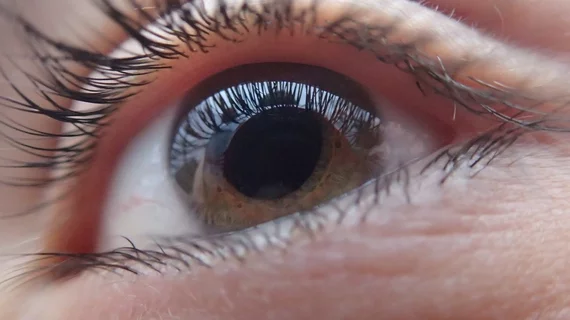AI uncovers ‘vascular fingerprints’ in the eye that predict stroke risk
A “vascular fingerprint” located at the back of the eye can help predict a person’s stroke risk, according to new data published in Heart.[1] Researchers noted that this new approach could be just as effective as more traditional risk factors.
The study focused on an advanced artificial intelligence (AI) algorithm trained to evaluate more than 100 different details about a patient’s retinal blood vessels using high-quality photos of the inside of their eye. The AI model assessed data from more than 45,000 participants with an average age of 55 years old. More than 700 of those participants experienced a stroke over an average follow-up period of 12.5 years. All data came from the large-scale UK Biobank study, which tracks lifestyle and health information about hundreds of thousands of participants.
Overall, 29 different parameters were linked to directly influencing a participant’s stroke risk. Changes in some of those parameters increased the risk of stroke by up to 19%.
The performance of this vascular fingerprint, combined with the participant’s age and sex, was found to be comparable to more traditional risk factors.
“Given that age and sex are readily available, and retinal parameters can be obtained through routine fundus photography, this model presents a practical and easily implementable approach for incident stroke risk assessment, particularly for primary healthcare and low-resource settings,” wrote Mayinuer Yusufu, a researcher with the department of surgery at The University of Melbourne in Australia, and colleagues.
The group added that retinal analysis sets the stage for “easier, more accessible stroke risk screening, especially in primary care settings.”
“This approach could inform future policy regarding stroke prevention strategies, potentially leading to earlier intervention and improved patient outcomes,” they wrote.
Click here to read the full analysis in Heart.

